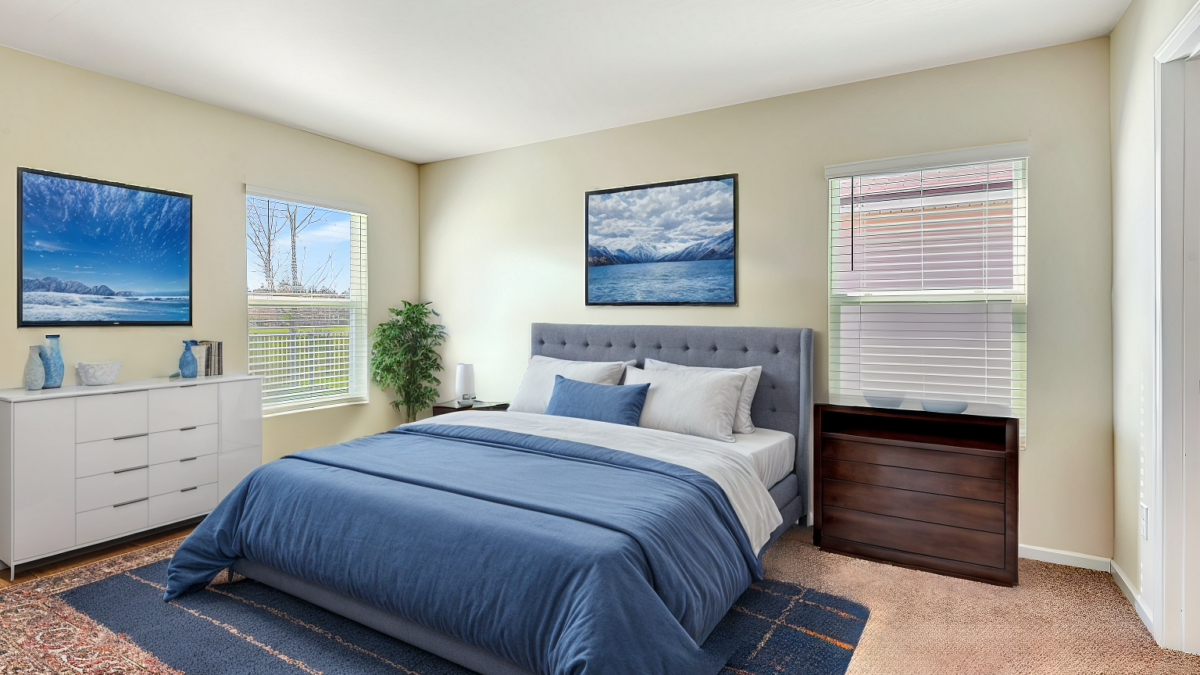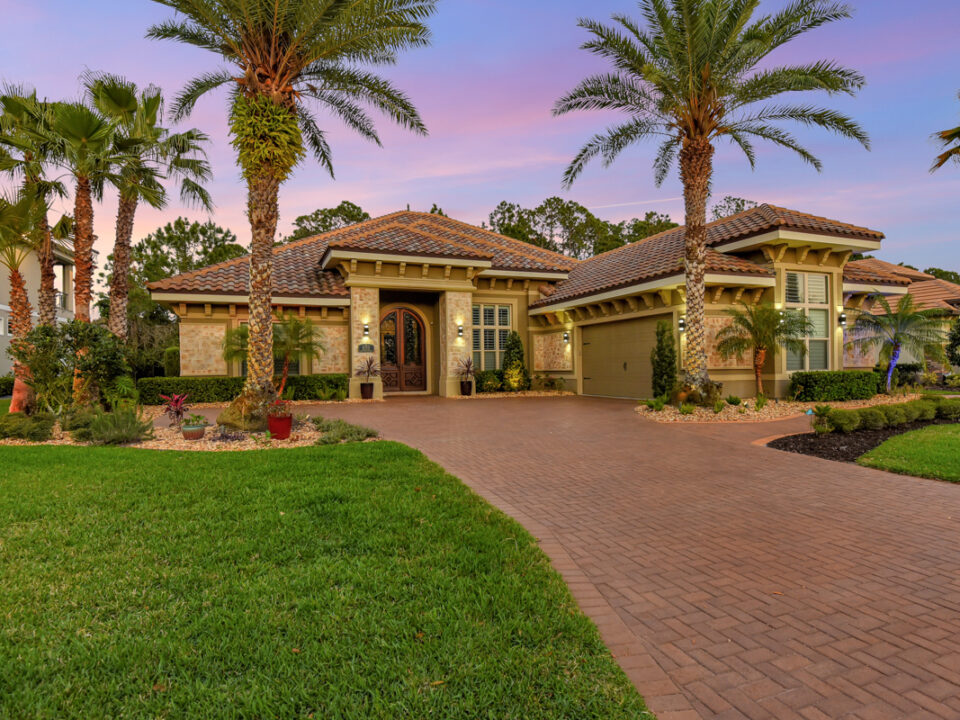
Virtual Dusk Photos: How They Can Increase Click-Through Rates by 300%
April 10, 2025When it comes to selling a home, presentation is everything. Buyers want to envision themselves in a space, and the right staging can make all the difference in creating that emotional connection. But what happens when traditional staging isn’t within your budget or timeline? Enter virtual staging — a modern solution that offers similar benefits at a fraction of the cost.
In this guide, we’ll compare virtual staging and traditional staging in terms of cost, ROI, and the overall benefits for real estate sellers. Let’s explore which option is best suited for your listing and how each can impact your sale.
What Is Virtual Staging?
Virtual staging involves digitally enhancing real estate photos by adding furniture, decor, and accessories to vacant rooms or spaces. This is done using specialized software and editing techniques, creating a realistic look that showcases the potential of a space. Unlike traditional staging, virtual staging doesn’t require physical items, movers, or time-consuming setup.
What Is Traditional Staging?
Traditional staging, on the other hand, is the process of physically furnishing a home with actual furniture and decor to make it more appealing to potential buyers. This can include renting furniture, hiring professional stagers, and spending time organizing and setting up each room to highlight its best features.
Cost Comparison: Virtual Staging vs. Traditional Staging
One of the biggest differences between virtual and traditional staging is the cost.
Virtual Staging:
-
Cost per Photo: Virtual staging typically costs between $100 to $300 per photo, depending on the complexity and the service provider.
-
No Furniture Rental or Movers: With virtual staging, there’s no need to rent furniture or pay for movers, making it a more affordable option for sellers looking to save money.
-
One-Time Fee: You pay for the digital editing of photos, and there are no ongoing costs once the photos are ready.
Traditional Staging:
-
Cost per Room: Traditional staging can cost anywhere from $2,000 to $10,000, depending on the size of the property, the amount of furniture needed, and the duration of the staging.
-
Furniture Rental: If the home is vacant, furniture rental is an additional cost that can add up quickly.
-
Additional Services: Hiring professional stagers and movers increases the total expense, and some sellers opt for longer staging periods, which can further escalate costs.
Return on Investment (ROI): Virtual Staging vs. Traditional Staging
When it comes to the return on investment (ROI), both virtual and traditional staging can be effective, but the financial returns differ.
Virtual Staging ROI:
-
High ROI with Low Cost: Virtual staging typically provides a high ROI because of its relatively low cost. Sellers can showcase multiple rooms with staged photos for a fraction of the cost of traditional staging.
-
Quick Turnaround: Virtual staging can be completed quickly—often within 24 to 48 hours—allowing you to get your listing online faster. The faster your home hits the market, the sooner you can start receiving offers.
-
Broader Reach: Virtual staging allows you to market your home to a wider audience through high-quality images online, increasing the likelihood of attracting more buyers.
Traditional Staging ROI:
-
Higher Initial Cost: While traditional staging tends to have a higher initial cost, it can yield great results in terms of buyer engagement, especially in high-end markets where physical staging is expected.
-
Helps Buyers Visualize: Traditional staging works well for buyers who need to physically experience a space to see its potential. It’s particularly effective for showing off larger, more luxurious homes that benefit from a fully staged interior.
-
Quicker Offers in Some Cases: In certain markets, homes that are traditionally staged may sell faster, potentially reducing time on the market. However, this is not always guaranteed and varies by location and market conditions.
Which Option Is Right for You?
Choosing between virtual and traditional staging depends on your specific needs, budget, and timeline.
-
Go Virtual If:
-
You’re on a tight budget and want to stage your home without the high costs.
-
The property is vacant and you want to show potential buyers how the space could be furnished.
-
You want a quick turnaround time for your listing to go live.
-
-
Go Traditional If:
-
You’re selling a high-end property where physical staging is expected to provide maximum impact.
-
You’re in a competitive market where traditional staging can help differentiate your listing.
-
You have the budget and timeline to accommodate the additional costs of furniture rental and professional stagers.
-
Conclusion
Both virtual and traditional staging offer significant benefits for real estate sellers, but virtual staging provides a more cost-effective and efficient solution for those looking to enhance their property’s appeal without breaking the bank. With virtual staging, you can make a lasting impression on potential buyers, increase engagement, and ultimately increase the likelihood of selling your home faster.
At Hous Media Solutions, we specialize in professional virtual staging services that help your property stand out. Contact us today to learn how virtual staging can maximize your listing’s potential and help you sell faster and for a higher price.




